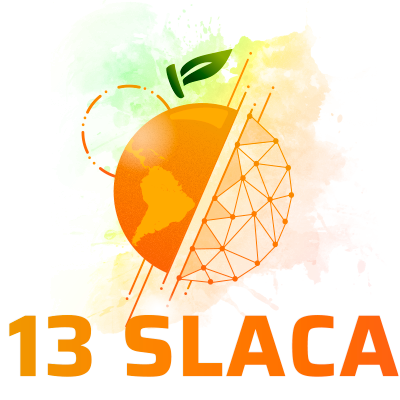Anais do Simpósio Latino Americano de Ciências de Alimentos
Anais do 13º Simpósio Latino Americano de Ciência de Alimentos
EXTRACTION OF BIOACTIVE COMPOUNDS FROM BANANA BRACTS AND EVALUATION OF THEIR ANTIOXIDANT PROPERTIES
Como citar esse trabalho?
Para citar este trabalho use um dos padrões abaixo:
Como citar esse trabalho?
Banana is one of the most important and highly nutritional fruit crops cultivated around the world, mainly in Brazil, which is one of the five largest producers. Due to the large production, it is evident that banana agroindustry generates large quantities of wastes, such as the bracts. However, several studies have been demonstrated that banana bracts could be explored as an interesting source of bioactive compounds. Thus, the aim of this study was to evaluate the influence of physical-chemical parameters for recovering of bioactive compounds with antioxidant properties from banana bracts of Musa acuminata (Prata variety) using a Central Composite Rotatable Design (CCRD). For this, bracts were grinded, frozen, freeze-dried and stored in vacuum packs at -18°C. Antioxidant properties (FRAP, DPPH and ABTS assays) were used as responses. The estimated effects from the CCRD analysis indicated different extraction conditions for each antioxidant activity assay. However, in general, the temperature had a positive and significant effect (p <0.10) on the recovery of antioxidant compounds from banana bracts, while the agitation variables and m:v had negative effects, indicating that as these variables increased, the extracts produced had lower antioxidant properties. According to the experimental design CCRD, the most adequate conditions to obtain banana bract extracts with maximum antioxidant properties were: agitation of 100 rpm, 37.5ºC as incubation temperature and m:v ratio of 0.5%. The experimental values for FRAP, DPPH and ABTS under the chosen conditions were 107.84 μmol TE/g, 71.88 μmol TE/g and 554 μmol TE/g, respectively. The multiple correlation coefficients (R2) were 0.89, 0.93 and 0.94 for the FRAP, DPPH and ABTS assays. The analysis of variance-ANOVA resulted in values of Fcalculated higher than Ftabulated, demonstrating the good adjustment and predictive capacity of the coded models. Overall, these results showed the banana bracts as a good source of antioxidant compounds.
- 1 Departamento de Ciência de Alimentos - DCA / Faculdade de Engenharia de Alimentos / UNICAMP
- 2 Departamento de Ciência de Alimentos / Faculdade de Engenharia de Alimentos / Universidade Estadual de Campinas
- 2. Caracterização química e físico-química de alimentos (FQ)
Discussões Científicas de Qualidade
Com ~200 mil publicações revisadas por pesquisadores do mundo todo, o Galoá impulsiona cientistas na descoberta de pesquisas de ponta por meio de nossa plataforma indexada.
Confira nossos produtos e como podemos ajudá-lo a dar mais alcance para sua pesquisa:
Como citar esse proceedings?
Esse proceedings é identificado por um DOI , para usar em citações ou referências bibliográficas. Atenção: este não é um DOI para o jornal e, como tal, não pode ser usado em Lattes para identificar um trabalho específico.
Verifique o link "Como citar" na página do trabalho, para ver como citar corretamente o artigo

